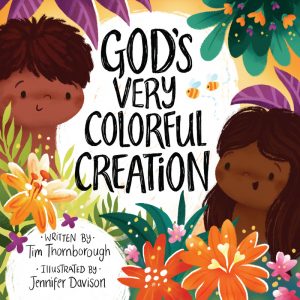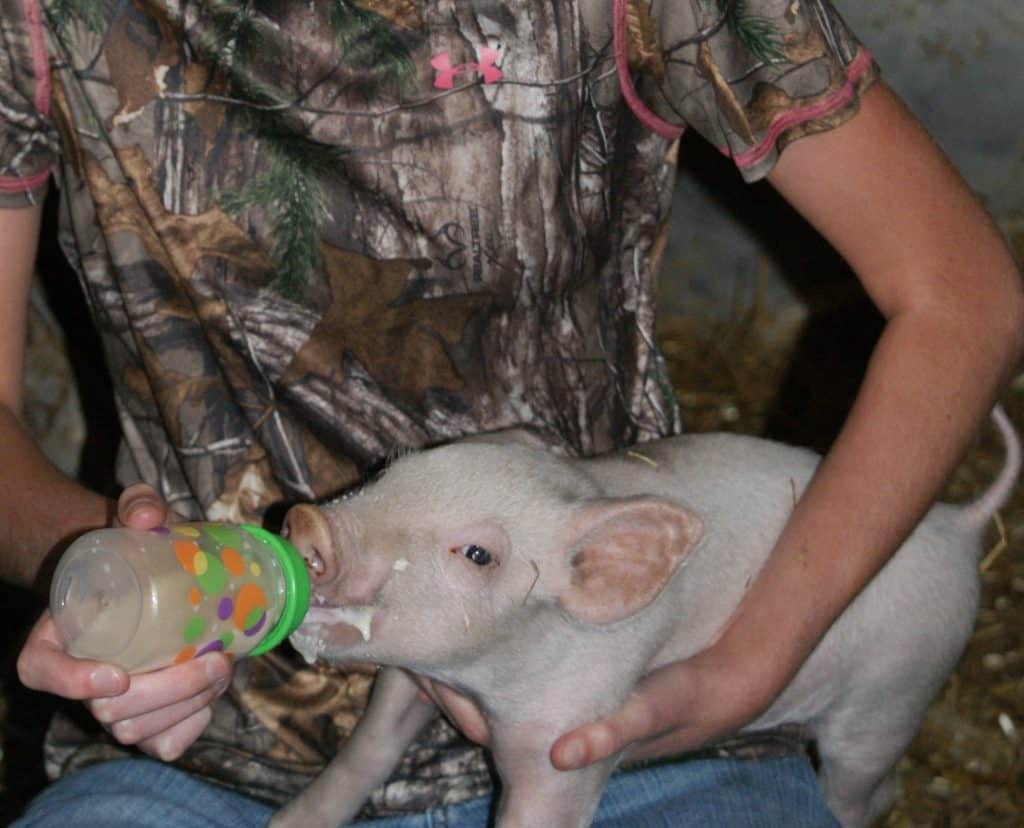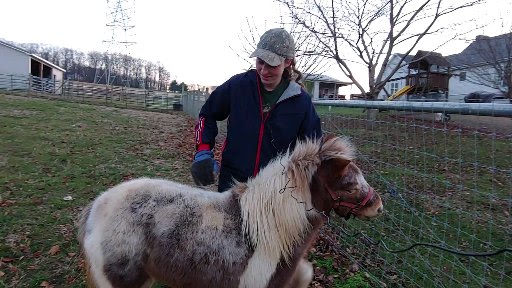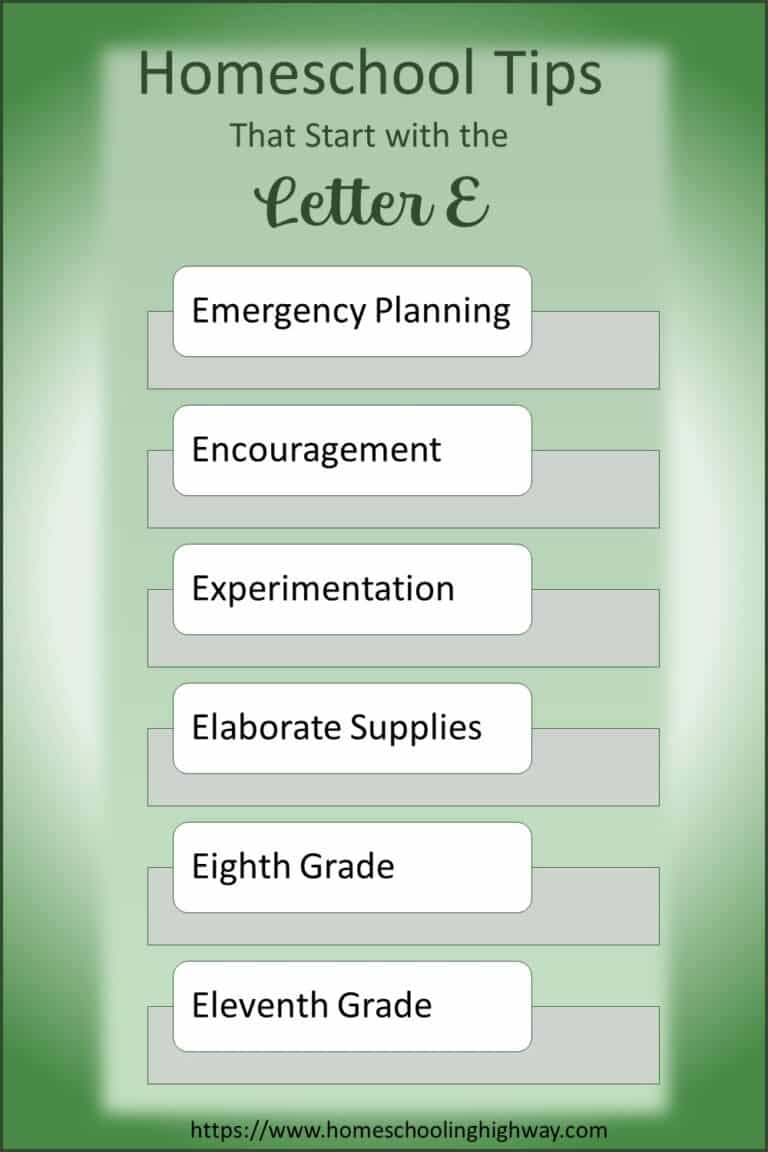
This post contains affiliate links.
Hi Friend,
Welcome back. As you can see, this week our homeschooling tips begin with the letter P.
As I continued to write this post, the more “P” words there were to add to this list. So grab your favorite beverage, get in your comfy chair, and take a look at our “P” homeschooling tips this week.
Homeschooling Tip #1: Pledges
As I was growing up, every year our church had a Vacation Bible School program, that I attended. Each day we would start off by standing and saying the pledges to the American Flag, Christian Flag, and the Bible.
I’m afraid that these pledges are getting lost. In our homeschool, these pledges were one of many things that I wanted my kids to learn and understand, so we would say these three pledges everyday.
American Flag Pledge & Vocabulary
I pledge allegiance, to the flag, of the United States of America, and to the Republic for which it stands, one nation, under God, indivisible, with liberty, and justice for all.
Pledge – Promise
Allegiance – My loyalty
Republic – People in a common group, in this case the citizens of the USA
Indivisible – Not able to be divided
Liberty – Freedom
Justice – Fairness for all
Christian Flag Pledge & Vocabulary
I pledge allegiance to the Christian flag, and to the Savior, for whose Kingdom it stands. One Savior, crucified, risen, and coming again, with life and liberty, to all who believe.
Pledge – Promise
Allegiance – My Loyalty
Christian – A believer of Jesus Christ
Savior – Jesus Christ, who saves us from hell
Kingdom – The group of believers whose king is God
Crucified – Jesus died on a cross
Liberty – Freedom
Bible Pledge & Vocabulary
I pledge allegiance, to the Bible, God’s holy Word. I will make it a lamp unto my feet and a light unto my path. I will hide its words in my heart, that I might not sin against God.
Pledge – Promise
Allegiance – My Loyalty
Holy – Spiritually pure
Sin – Any act that goes against God’s law
God – The Creator of the world who gave us His Son to be our Savior so that we can live eternally with Him.
Did you know the Christian Flag has a song? It was written by Fanny Crosby and is sung to the tune of Stand up for Jesus.
The Christian Flag, Behold It
“The Christian Flag! Behold It”
written by: Fanny Crosby
The Christian Flag! behold it,
And hail it with a song,
And let the voice of millions
The joyful strain prolong,
To every clime and nation,
We send it forth today;
God speed its glorious mission,
With earnest hearts we pray.
The Christian Flag! unfurl it,
That all the world may see
The bloodstained cross of Jesus,
Who died to make us free.
The Christian Flag! unfurl it,
And o’er and o’er again,
Oh! may it bear the message,
Good will and peace to men.
The Christian Flag! God bless it!
Now throw it to the breeze,
And may it wave triumphant
O’er land and distant seas,
Till all the wide creation
Upon its folds shall gaze,
And all the world united,
Our loving Savior praise
Homeschooling Tip #2: Patriotism
Do you feel like I do, that our kids today are losing their pride and respect for our country?
Here’s a few ideas on how to get started teaching patriotism in your homeschool.
Learn the History of Your Country
I covered the subject of history in the Homeschooling Tips – H post, so if you missed it, you may want to go back and read that.
Kristen at A Mom’s Quest to Teach has been covering the Civil War for her Blogging Through the Alphabet series this year. She has a lot of good and interesting information on her site.
I’ve used Notgrass History for a few years and I have found that their books are in-depth, detailed, and very interesting. The information is easy to read and I love the fact that they give the kids copies of real-life documents, letters, etc. to read. It really makes American history come to life.
So here’s what Nograss History has to offer for American History.
Middle School Age American History
Uncle Sam and You
America the Beautiful


High School American History
Exploring America
Here is a list of classes that SchoolhouseTeachers.com has to offer.
America in the 1800’s
American History for Beginners
American History: From Columbus to 1914 with Socratic Discussion
American History in Picture Books
American History: Post-Civil War through WWI
American History: Pre-Civil War to Reconstruction
American Revolution
Drive Thru History: American History
Early American History
Expansion, Independence, and War
Getting Started with American History for Kindergarten
History of Holidays in America
Life of Abraham Lincoln
United States History: Exploration to the Present Day
Study Your Country’s Heroes of History
Youth With a Mission Publishing has a lot of excellent books, all about our Heroes of History.
I wrote a book review of Louis Zamperini: Redemption, one of the heroes in the Heroes of History Series. I highly recommend it.
The other “heroes” in the series are:
- Abraham Lincoln: A New Birth of Freedom
- Alan Shepard: Higher and Faster
- Ben Carson: A Chance at Life
- Benjamin Franklin: Live Wire
- Benjamin Rush: The Common Good
- Billy Graham: America’s Pastor
- Christopher Columbus: Across the Ocean Sea
- Clara Barton: Courage Under Fire
- Daniel Boone: Frontiersman
- Davy Crockett: Ever Westward
- Douglas MacArthur: What Greater Honor
- Dwight D. Eisenhower: Supreme Commander
- Earnest Shackleton: Going South
- Elizabeth Fry: Angel of Newgate
- George Washington: True Patriot
- George Washington Carver: From Slave to Scientist
- Harriet Tubman: Freedombound
- John Adams: Independence Forever
- John Smith: A Foothold in the New World
- Laura Ingalls Wilder: A Storybook Life
- Meriweather Lewis: Off the Edge of the Map
- Miltion Hershey: More Than Chocolate
- Orville Wright: The Flyer
- Ronald Reagan: Destiny at His Side
- Theodore Roosevelt: An American Original
- Thomas Edison: Inspiration and Hard Work
- William Penn: Liberty and Justice for All
- William Bradford: Plymouth’s Rock
- William Wilberforce: Take up the Fight
- Just click here to go to YWAM’s home page.
Study Your Country’s National Holidays
Here is the list of the USA’s federal holiday list. Studying these holidays will give your child a good start with American history and remembering our military personnel.
- New Year’s Day (January 1)
- Martin Luther King, Jr. Day (Third Monday in January)
- President’s Day (Third Monday in February)
- Memorial Day (Last Monday in May)
- Juneteenth (June 19)
- Independence Day (July 4)
- Labor Day (First Monday in September)
- Columbus Day (Second Monday in October)
- Veterans Day (November 11)
- Thanksgiving Day (Fourth Thursday in November)
- Christmas Day (December 25)
Learn Your Country’s National Anthem & the Story Behind It
Did you know The Star Spangled Banner has four verses? I remember having to memorize all these lyrics when I was in the third grade. Hmm…I wonder if our kids should memorize it too?
Here are all the lyrics to The Star Spangled Banner.
Notgrass History has this elementary age curriculum available, teaching the story behind our National Anthem.

Learn the Story Behind Your Country’s Flag
This United States history organization has information and pictures of how the United States flag came to be.
Learn Your Nation’s Flag Rules
These are the topics covered on the United States Government flag page:
- How to correctly display the American Flag
- List of patriotic days to fly the flag
- Symbolism on the flag
- Flying the flag at half-staff
Practice Respect to Your Nation’s Flag
This military site contains detailed information from the US flag code.
A portion of the code, that I think is most important to lay people, is shown below.
Respect for flag
No disrespect should be shown to the flag of the United States of America; the flag should not be dipped to any person or thing. Regimental colors, State flags, and organization or institutional flags are to be dipped as a mark of honor.
- The flag should never be displayed with the union down, except as a signal of dire distress in instances of extreme danger to life or property.
- The flag should never touch anything beneath it, such as the ground, the floor, water, or merchandise.
- The flag should never be carried flat or horizontally, but always aloft and free.
- The flag should never be used as wearing apparel, bedding, or drapery. It should never be festooned, drawn back, nor up, in folds, but always allowed to fall free. Bunting of blue, white, and red, always arranged with the blue above, the white in the middle, and the red below, should be used for covering a speaker’s desk, draping the front of the platform, and for decoration in general.
- The flag should never be fastened, displayed, used, or stored in such a manner as to permit it to be easily torn, soiled, or damaged in any way.
- The flag should never be used as a covering for a ceiling.
- The flag should never have placed upon it, nor on any part of it, nor attached to it any mark, insignia, letter, word, figure, design, picture, or drawing of any nature.
- The flag should never be used as a receptacle for receiving, holding, carrying, or delivering anything.
- The flag should never be used for advertising purposes in any manner whatsoever. It should not be embroidered on such articles as cushions or handkerchiefs and the like, printed or otherwise impressed on paper napkins or boxes or anything that is designed for temporary use and discard. Advertising signs should not be fastened to a staff or halyard from which the flag is flown.
- No part of the flag should ever be used as a costume or athletic uniform. However, a flag patch may be affixed to the uniform of military personnel, firemen, policemen, and members of patriotic organizations. The flag represents a living country and is itself considered a living thing. Therefore, the lapel flag pin being a replica, should be worn on the left lapel near the heart.
- The flag, when it is in such condition that it is no longer a fitting emblem for display, should be destroyed in a dignified way, preferably by burning
§9. Conduct during hoisting, lowering or passing of flag
During the ceremony of hoisting or lowering the flag or when the flag is passing in a parade or in review, all persons present in uniform should render the military salute. Members of the Armed Forces and veterans who are present but not in uniform may render the military salute. All other persons present should face the flag and stand at attention with their right hand over the heart, or if applicable, remove their headdress with their right hand and hold it at the left shoulder, the hand being over the heart. Citizens of other countries present should stand at attention. All such conduct toward the flag in a moving column should be rendered at the moment the flag passes.
Practice Respect & Appreciation to Your Military Personnel & First Responders
While there are no legal rules for showing respect to military personnel and first responders, I love to see kids telling military personnel, “Thank you for your service”.
Buying a meal or some groceries is another way to show appreciation to these special people.
Writing letters to our troops can be rewarding and encouraging in so many different ways. Operation Gratitude can help you and your children with the process and also get your letters into the hands of troops that may need a little bit of encouragment.
Practice Respect to the Positions of Your Government
I know this is my opinion, but I feel that even if we may not agree with the people making government decisions, we still need to respect the position they hold.
Study How Your Nation’s Government Works & How it Came to Be
Homeschooling Tip #3: Prayer
In years past, every day of school was started off with prayer. Would you like to start your school days off with prayer too?
To help you teach your kids about prayer, take a look at this review I did on this book.
Any Time, Any Place, Any Prayer

Homeschooling Tip #4: Problems & Solutions
Unfortunately, homeschooling doesn’t come without its occasional problems or worries. Here are a few that are kind of common.
I don’t like the curriculum I bought, now what do I do?
Don’t be alarmed. Just because you purchased a curriculum, doesn’t mean you can’t change your mind.
If something is not working for you or your kids, you are allowed to try other things.
Don’t forget though, that any teacher’s book does not have to be followed exactly the way it’s written. You can customize or change anything so that it works better for you and your kids.
I feel like my child is not learning the concepts fast enough. I think we are behind.
Every child learns at a different rate. They have different strengths and weaknesses, which in turn can affect how and what they like to learn.
Take your time, mastery doesn’t happen over night.
But if you think your child needs to be seen by a specialist of some kind, then don’t hesitate to get that done.
My child can’t read.
Reading skills are one of many that are mastered at an individual’s own pace. Try not to compare your child with others.
There are a ton of resources available that can provide tips, tricks, game ideas and lessons that you can try to help your child learn to read.
If you think there is a medical reason behind your child’s not being able to read, don’t hesitate to get your child seen by a specialist.
My child won’t sit still.
Some kids are just little wiggle worms, and it’s going to take a lot of creativity to keep that child learning while they move around.
I would hesitate to “make” your child sit still for a longer period of time than they are able to, for their age.
I would encourage you to train them though to sit still for short periods of time, gradually increasing that time, as they are able. Church services, weddings and funerals are some occasions where they would benefit from these trainings
My child doesn’t do what I say to do.
Obedience from children is a God-given command. “Children, obey your parents in the Lord, for this is right.” Ephesians 6:1
Unfortunately, children are not born with this trait. Sooooo, they’ll have to be trained to do this.
Having your kids obey you with small things, will help them in the long run, when you tell them to do something like a school assignment.
We don’t get done everything I plan to do.
Don’t feel bad and don’t lose any sleep over it. I never do either.
You just try your best, do the things that interest you and your family the most, and the things that you feel are important.
Believe me, your child will be just fine even if you don’t get everything done on your school to-do list.
Homeschooling Tip #5: Packaged Curriculum
Packaged curriculum is a term used by homeschoolers to describe your child’s curriculum that comes all together, from one publisher, for the entire year/grade.
Usually, the curriculum company decides what subjects to place in the list for each school year grade, and that is what the parent receives for the child to do.
The benefit of this, is that it is easy to order, everything comes in one package and usually everything is included. There is no need to go hunting for supplemental material or supplies.
The disadvantage to buying curriculum this way, is that it is not individualized to your child’s strengths and weaknesses. It will also take you then more parent time to explore all the curriculum options on the market, find any supplemental material that you would like to use, and gather your own supplies for experiments and projects.
Homeschooling Tip #6: Preschool
SchoolhouseTeachers.com has plenty of preschool activity ideas and cute lessons for you to get your little one started out on the right foot.
General Preschool
Charlotte Mason Preschool
Manners and Healthy Habits for Preschool
Preschool Playground: Arts, Crafts and Music
Preschool Playground: Motor Skills
Preschool in a Box
Sensory Learning for Toddlers
Preschool Bible
Bible Adventures: English
Donkey Ollie and the Lord’s Prayer
Donkey Ollie and the Miracles of Jesus
Donkey Ollie and the Names of God
Donkey Ollie and the Parables of Jesus
Donkey Ollie and the Ten Commandments
Preschool Language Arts
ABC: What will I Be?
ABC with Me
All about the Alphabet
Beginning Handwriting
From Aardvark to Zucchini
Preschool Playground: Language Arts
Pre-K Activities: Read and Play
Schoolhouse Spelling for Preschool
Preschool Math
All About Shapes
Preschool Playground: Numbers, Patterns, and Cognitive Skills
Preschool Social Studies
Around the World with Stories
Preschool Playground: Social Studies
Preschool Science
Preschoolers love to be read to and to also look at books. Here are some reviews I’ve written on preschool and elementary age level books.

Esther and the Very Brave Plan

Homeschooling Tip #7: Puzzles
I love to do puzzles. I encourage my kids to do puzzles too, but they aren’t quite as gung-ho about it.
When I saw Kristen’s review of The Human Thorax puzzle from Timberdoodle, I knew I had to add “puzzles” into my letter P post.
Puzzles help kids think and helps them to solve problems. If you do them with others, it promotes teamwork, and it’s a great bonding activity.
Homeschooling Tip #8: Pets
I’ve been blessed to be able to have my family live close to us. Between my sister’s family, my parents, and us, we’ve been able to provide our kids with the benefits of having pets. Some of these “pets” go from pasture to plate, but we still call them our pets.
Having pets is a great way to teach kids responsibility, diligence, and of course learning about that animal’s behavior, care, reproduction, and health.
Homeschooling Tip #9: Physical Education
Homeschooling Tip #10: Photography Class
Homeschooling Tip #11: Poetry
Homeschooling Tip #12: Pen Pals
When I was in eighth grade I had a pen pal in Russia. It was so cool to write back and forth to each other.
While there are online websites that offer to “hook up” kids so they can be pen pals, I am always a little leary about that kind of thing.
So, I went about getting my kids their pen pals my own way.
Does your church support missionaries, particularly in other countries? If so, you can reach out to the missionary family, and ask if any of their kids would be interested in being pen pals with your kids.

You can choose which missionary family, the country, and the children’s ages this way. You most likely have the same religous beliefs already, and occasionally they get to come to the States for their furlough and come to your church for a visit. Then the kids can meet in person. Cool huh?
If you want some more ideas and to read my stories on how we got to know our missionaries better, just click on this title: How to Create A Mission-Minded Homeschool
Homeschooling Tip #13: Parent Helps
Encouragement
Encouragement for Homeschool Moms
Help Me Stay the Course
Homeschooling Through the Rough Spots
Growing in Homeschool Confidence
When Things Don’t Go as Planned
ESL
ESL Language Arts
ESL Vocabulary
Marriage
Making Marriage Work
Marriage Built to Last
Building Faithful Marriages
Math
Organization
Everyday Organization
Help Me Get Organized
Creating and Implementing a Personal Strategic Plan
Parenting Tips
Parenting: The Early Years
Parenting Tips with Dr. Scott Turansky
Parenting Your Teenager
Homegrown Parenting
Baby Beginnings
Disconnected: Connecting with Teens in the Digital Age
How to be the Ultimate Homeschool Dad
Homeschooling That’s Relational
Special Needs
Special Families with Special Needs
Special Needs
Special Needs Trenches
You Can Homeschool Your Special Needs Child
Teaching Methods/Tips & Learning Styles
Charlotte Mason Homeschooling
Learning to Write with the Charlotte Mason Method
Tips for Homeschooling Active Learners
Your Child’s Learning Style
Kinetic Connections
Help me to Teach my Student to Write
Teaching Your Children Financial Stewardship
College Choice Guidance
If you happened to have missed any of last week’s “O” posts from the other wonderful, homeschool bloggers, just click on the post that you missed.
O is for Olympics: Lego ABC’s from Desiree at Our Homeschool Notebook
O if for Out, Speak Out Game from Desiree at Our Homeschool Notebook
Olympics 2021 from Chareen at Every Bed of Roses
Olympics Winter Unit Study Resources from Chareen at Every Bed of Roses
Offenback: Composer ABC’s from Lori at At Home: Where Life Happens
If you would like to read more Homeschooling Tips from A to Z, just click on the alphabet letter below.
Homeschool Tips – A
Homeschool Tips – B
Homeschool Tips – C
Homeschool Tips – D
Homeschool Tips – E
Homeschool Tips – F
Homeschool Tips – G
Homeschool Tips – H
Homeschool Tips – I
Homeschool Tips – J
Homeschool Tips – K
Homeschool Tips – L
Homeschool Tips – M

































Wow! You packed this list full, full, full. My youngest and I just absolutely adore doing puzzles and they fit so well into education. I love it when I can pull out a puzzle that fits something we are studying, whether in history, science, literature, or something else.
That is so awesome, Lori!
A lot of good ones for P this week. I really think kids are losing their patriotism, and yes I also believe the same thing about our leaders and respect.
Thank you, Desiree.